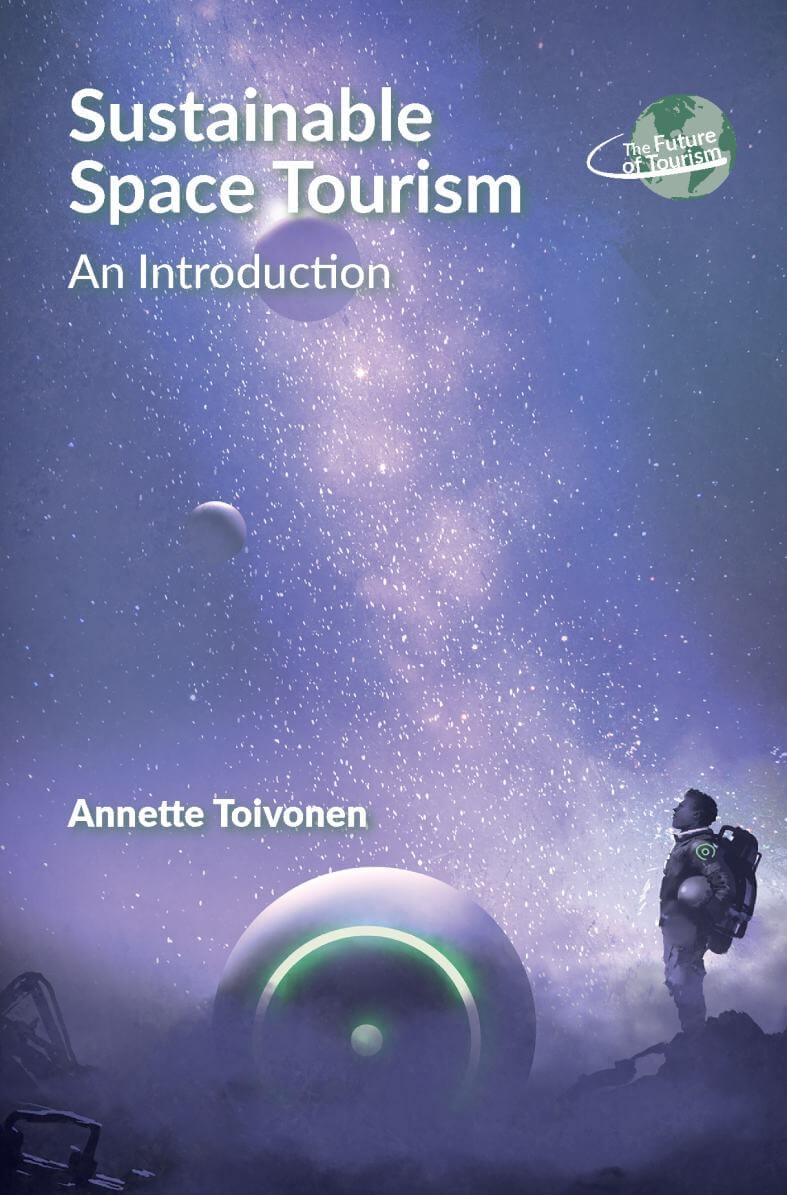Channel View Publications recently published Sustainable Space Tourism by Annette Toivonen.
In this post, the author explains the background to the book.
For generations, commercial space exploration was simply a distant dream, only accessible through Hollywood space movies and virtual gaming. Lately, the space field has become dominated by the different operations of the new space economy, including increased numbers of new satellite constellations, also fuelling the space race between billionaire “space barons” competing for the status of pioneers in human space expeditions.
In addition, due to the impact of the COVID-19 pandemic, the traditional airline industry appears to be taking steps towards future supersonic travel via space. Simultaneously, consumer trends in travel have shifted towards more sustainable practices, supported by the IPCC (2018) report’s concerns regarding climate change and the factors surrounding it. Undeniably all types of space tourism will produce high emissions, which will raise concerns about environmental issues linked to the emergence of the commercial space tourism industry.
Sustainable Space Tourism captures the exciting anticipation of space tourism, while at the same time highlighting the many different future challenges from natural, social and political perspectives likely to be encountered in the harnessing of space travel as the ultimate tourist activity.
The book is the first to investigate the megatrend of sustainability in the emerging space tourism industry through different case study examples and empirical research. It introduces space tourism as a new sector of aviation as well as the new space economy and defines the typology for different space tourism activities. As the notion of sustainability in tourism has received critical attention in recent decades, the sustainable development discourse is investigated in this book through different global phenomena.
This is followed by an interpretation of future directions and an introduction to new forecasting models related to space tourism future scenario planning and development. Various other contextually important aspects, such as the local impacts of spaceports, space reusability economics, ethical considerations and legislation are also explored. The book concludes that the risks caused by creating a “non-sustainable” image of the future space tourism industry must be mitigated from the start by rigorously introducing sustainability into different operational practices, achieved through understanding the psychology of new types of tourism behaviour as well as global regulations.
The book will be of interest to all readers interested in new space activities in general as well as students, researchers and professionals in the fields of tourism, sustainability and futures forecasting.
This was originally posted on the Channel View Publications blog.





